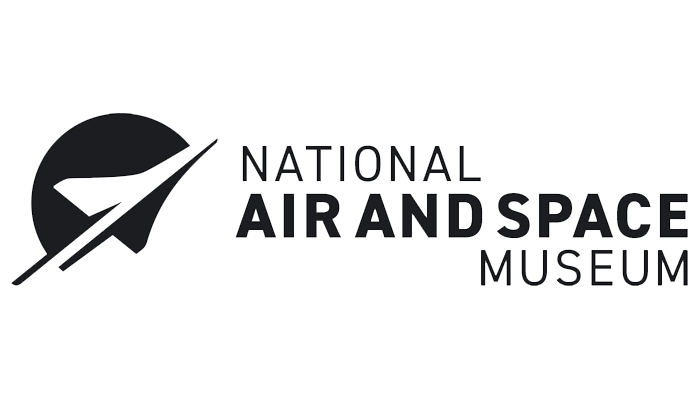While we believe that the books and resources recommended may be of value to you, keep in mind that these are suggestions only and you must do your own due diligence to determine whether the materials are appropriate and suitable for your use. PNC has no sponsorship or endorsement agreement with the authors or publishers of the materials listed.
OUR SKY

What’s In The Sky?
Children will explore what is in the sky.

Lesson Objective
The children will make telescopes and explore what is in the sky during both day and night.
Science
What You'll Need
- Pictures of things in the sky: clouds, Sun, Moon, stars, rain, snow, airplane, helicopter, hot air balloon, bird, geese, duck, and so forth
- Chart paper
- Marker
- Empty paper towel tubes – 1 per child
- Markers, glitter, glue, sequins, ribbon, crayons
What To Do
Note: This lesson requires taking the children outside after making their telescopes.
- Make three columns on chart paper labeled Day, Night, and Both.
- Begin a discussion with the children about what we see in the sky (see Guiding Student Inquiry).
- Using the pictures, discuss whether we see the object in the sky during the day, at night, or both (see Did You Know?). Record their responses on the chart.
- Discuss why some things are easier to see during the day than at night (see Did You Know?).
- Explain that people who study things found in space are called “astronomers” and that they use special instruments, like telescopes, to look at the sky.
- Tell the children that they are going to make telescopes that they can use to look at the things they see in the sky.
- Give each child a paper towel tube, and allow them to decorate it.
- Before going outside, explain the importance of not looking directly at the Sun with or without their telescopes.
- Take the children outside, and have them look at items in the sky with their telescopes.
- Upon returning to the classroom, add to the chart any new items seen in the sky.
Resources
Home School Resources
Home educators: use these printable lesson PDFs to teach this lesson to your home schoolers. They're available in English and Spanish.
Content Provided By
Common Core State Standards Initiative – These lessons are aligned with the Common Core State Standards ("CCSS"). The CCSS provide a consistent, clear understanding of the concepts and skills children are expected to learn and guide teachers to provide their students with opportunities to gain these important skills and foundational knowledge [1]. Visit the CCSS


